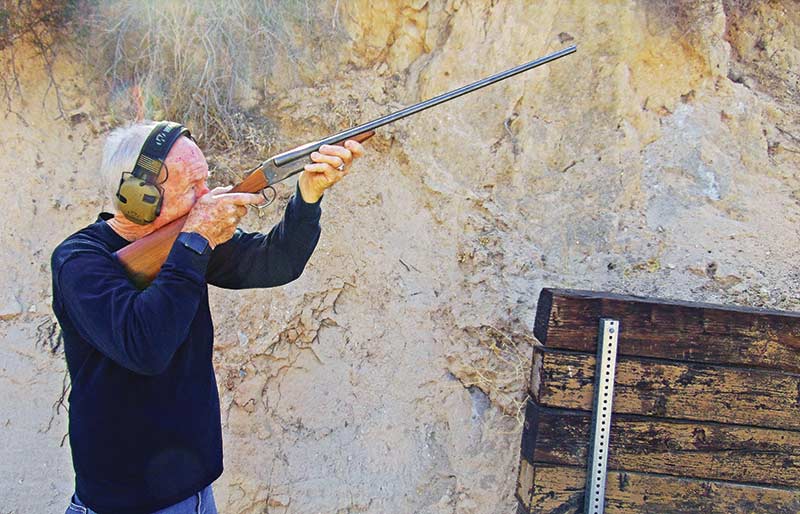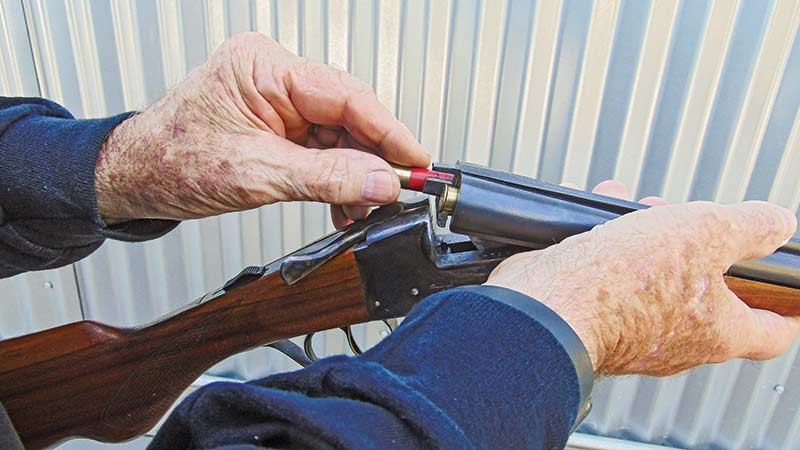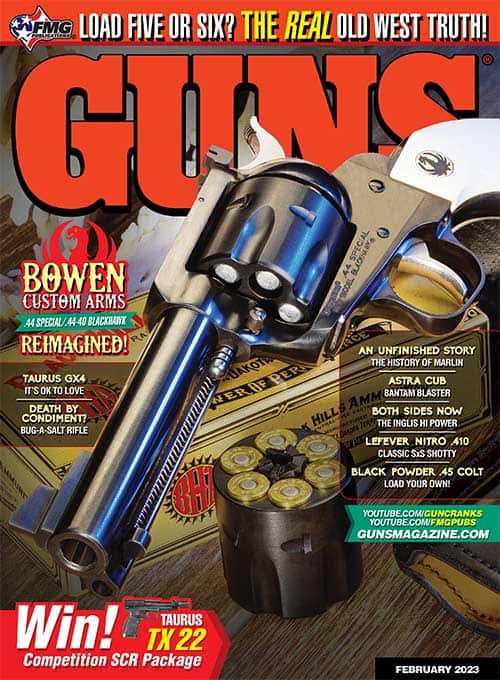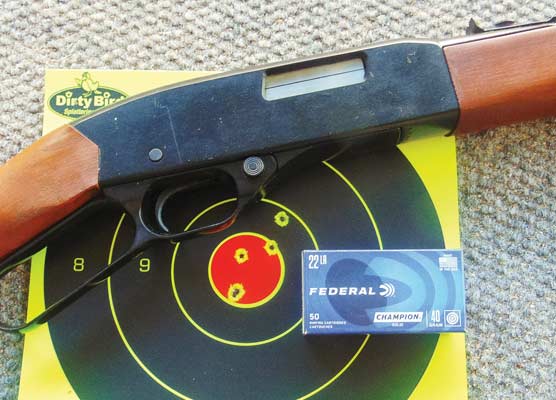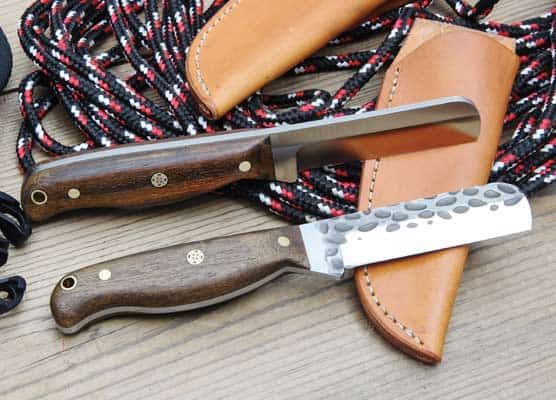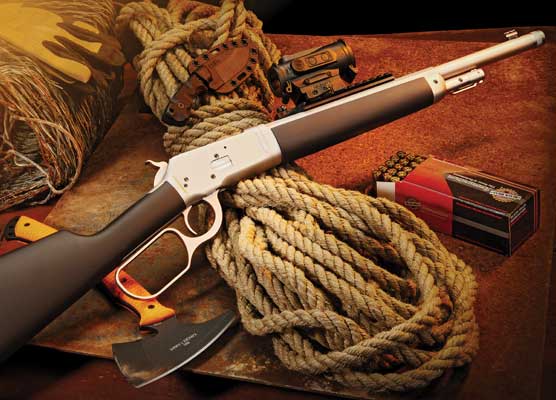The Lefever Nitro Special .410
Dynamite Comes In Small Packages!
The roll call of classic American-made side-by-sides is an evocative one: Ithaca, LC Smith, Fox, Parker, Lefever, Ithaca, Winchester and Remington. My father had an Ithaca NID 12-gauge when I was a kid and its recoil — even with dove loads — helped make me a lifelong fan of smaller bores.
I’ve been a committed pump and autoloader guy for most of my shooting life, but I’ll be the first to admit if there’s any firearm more irresistible than a properly scaled .410 side by side, I don’t know what it could be.
A Name Carried On
One premier example is the Lefever Nitro Special. The Lefever company was founded by Daniel Lefever in 1883. The larger Ithaca Gun Company took over the Syracuse, New York-based outfit in 1916 and continued the Lefever line until 1941 at the storied Ithaca, NY, facility.
Walter Snyder’s The Ithaca Gun Company quotes this 1921 sales brochure: “This new Lefever Gun, known as the Lefever Nitro Special is well finished considering the price of $29. The Lefever will have non-breakable coil springs, the stock will be securely fastened to the frame with a draw bolt running through the grip of the stock to the frame …”
Snyder goes on to discuss bore sizes:
“The Nitro Special was introduced in 12, 16 and 20 gauges. A .410 caliber was introduced in 1926.”
Pattern Puzzle
I asked a friend, Josh Lakatos, about this and he closely eyeballed the chokes/muzzles and confirmed the alteration theory, also pointing out it had been done unevenly in terms of wall thickness.
Josh, incidentally, won the Silver Medal at Trap at the 1996 Summer Olympics, worked internationally as a professional shooting instructor for many years and is an expert machinist. He knows a thing or two about shotguns and his opinions are to be taken seriously. The upshot here? Let caveat emptor be your guide when buying any vintage, fixed-choke gun.
The “choke alteration” theory was borne out on paper — specifically a patterning target. At 25 yards using 2 ½” Winchester Super-X High Brass No. 6 shells, both barrels exhibited a near-identical leftward bias, most likely a byproduct of those long-ago attempts at opening the chokes up a bit.
Why this particular load? Well, perhaps I’d been fantasizing about following a beagle in the snow after cottontail in Western Pennsylvania. Seriously, I chose it because I wanted to see how the gun would handle a representative .410-ish hunting load. There’d be time enough for target loads later.
Two Beats One
Shooting a couple rounds of skeet made me appreciate a few things about a double trigger side-by, something I’d forgotten since shooting my Dad’s Ithaca NID when I was a kid.
Being instantly able to select either your Modified or full choke barrel is, to me, a more useful state of affairs for a field gun than all the screw-in choke tubes you could possibly carry. A serious Sporting Clays competitor wouldn’t agree, but no one has ever accused me of being in this category.
Granted, the advantage is less apparent when working within the pattern/pellet count limitations of a .410 than it would be with a bigger gun, but it’s still nice. At any rate, I’m not sure I’d even want a full choke barrel on a bigger gun — I/C and M being a much more upland-friendly arrangement for a 12 or 20.
But regardless of bore size, if I’m going to deal with two barrels, I want two triggers. I’m not going to be banging out a couple of hundred rounds on clay birds with an O/U or selective trigger side-by anyway.
The other feature I liked was the gun had old-school extractors, not ejectors. Considering the price of .410 ammo — and the desirability of recovering spent hulls — is such that I’m less than enthusiastic about crawling around looking for ejector-tossed empties. From the gun to your vest or belt bag is a pretty good idea, especially if your local skeet range discourages picking your empties off the deck.
My results with Italian-imported “Stars and Stripes” 2 ½” No. 9 loads improved once I gave up my usual low-gun method (I wasn’t familiar enough with the gun for a smooth, effortless mount), so I was obliged to shoulder it before calling for the bird. And I had to resist the temptation to over-muscle the little Lefever flyweight while swinging it. Although I got better after the first two rounds, I still need a couple more to reach my usual “kinda OK” average.
If you find a Nitro Special .410 out there, expect to part with $800 to $2,000 depending, of course, on the condition.
Although we shot nothing but 2 ½” shells through John’s Nitro Special, it will handle 3″ shells. Earlier .410 specimens will take only the short ones, so if this is an issue for you, check first.


